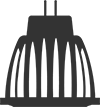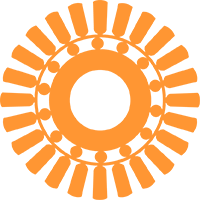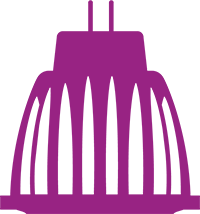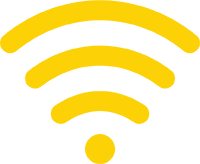The SSL Annex is pleased to publish today the Final Report for a research project that examined visual perception associated with temporal light modulation, and more specifically the stroboscopic effect. An interim draft report on this study was published in December 2018, and it has since been extended in sample size and in the scope of analysis and has undergone peer review.
Temporal Light Modulation (TLM) – or “flicker” as it is colloquially known – can have visual, neurobiological, performance, and cognitive effects on viewers. It is of concern for regulators, and the SSL Annex initiated this research to assist decision makers when developing lighting policy measures and regulations.
The International Electrotechnical Commission (IEC) and the Commission Internationale de l’Eclairage (CIE) have identified two metrics which may be measured and used to characterize lighting systems’ TLM:
- PstLM, short term flicker metric for visible flicker at frequencies below 80Hz; and
- SVM, Stroboscopic Visibility Measure, for the higher frequency stroboscopic effect.
While scientific development of these metrics and their associated measurement protocols continue, there is a parallel discussion taking place concerning the appropriate levels for these metrics in regulations. The SSL Annex commissioned a study investigating detection rates for the stroboscopic effect in response to commercially-available light emitting diode (LED) light sources characterized using the SVM from researchers at the National Research Council of Canada (NRC) and the Centre Scientifique et Technique du Bâtiment (CSTB) in France, two of the world’s leading research institutions on lighting and health. The study aimed to address an important gap in the scientific literature concerning the population variability in visual perception effects of TLM, particularly on people sensitive to visual stress.
The final report on this work provides insight into both stroboscopic visibility and the acceptability of the conditions for the full sample of 85 people and for the more sensitive individuals. The report Visual Perception under Energy-Efficient Light Sources – Detection of the Stroboscopic Effect under Low Levels of SVM, is available for download here. The report follows the publication of a peer-reviewed journal article in Lighting Research and Technology by the researchers behind the report.
About the IEA-4E Solid State Lighting Annex
Launched in July 2010, the IEA-4E SSL Annex is a joint initiative of seven countries working together to address common challenges with SSL technologies. The Annex member countries understand there are significant advantages in engaging in an international collaboration and joint activities relating to SSL performance and quality. Sponsoring governments of the SSL Annex include Australia, Canada, Denmark, France, Korea, Sweden and the United Kingdom. The work of the SSL Annex spans a wide range of initiatives which can be found on the Annex’s website https://www.iea-4e.org/ssl/, including guidance for policy makers, quality and performance tiers and support for laboratory accreditation.
About the IEA Implementing Agreement on Energy Efficient End-Use Equipment (4E)
4E is an International Energy Agency (IEA) Implementing Agreement established in 2008 to support governments to formulate effective policies that increase production and trade in efficient electrical end-use equipment. Globally, electrical equipment is one of the largest and most rapidly expanding areas of energy consumption which poses considerable challenges in terms of economic development, environmental protection and energy security. Further information on the 4E Implementing Agreement is available from: https://www.iea-4e.org
| SSL Annex Questions | SSL Annex Chair |
Nils Borg Operating Agent, SSL Annex Borg & Co. Stockholm, Sweden T: +46 70 585 31 74
| Jennifer A. Veitch, Ph.D. Principal Research Officer, Construction National Research Council of Canada / Government of Canada T: +1 613 993-9671 |




































